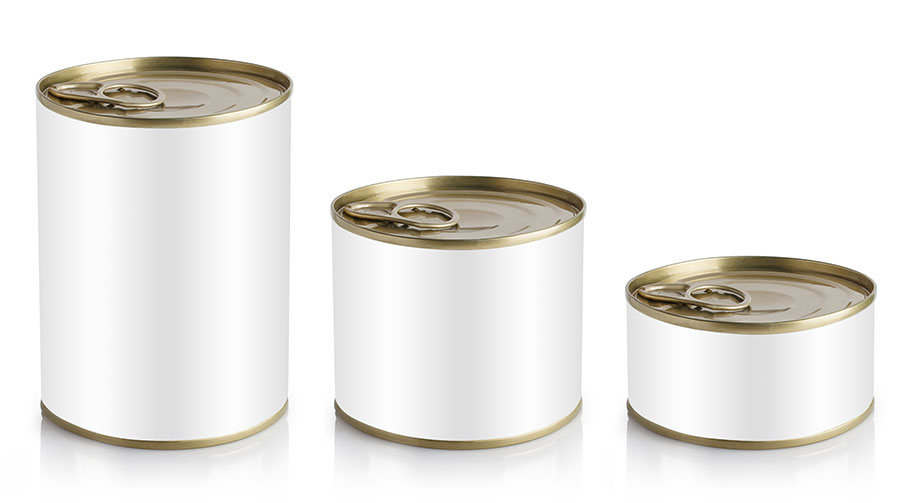
The coating process using ultraviolet light energy (UV curing) is a powerful technique used in industries as diverse as automotive, electronics, printing, packaging, medical converting, flooring, furniture and metal pipes and tubes.
UV curing technology is a "clean" technology compared to conventional thermal curing and offers superior economic advantages. High speed curing, minimal space requirements for equipment, low energy consumption, low temperature applications and minimal solvent content of UV cured coatings offer economic and environmental advantages.
In the case of white paint, the most common pigment is titanium dioxide (TiO2), which is well known to absorb UV light. However, UV curing of white paints containing TiO2 is difficult. Because TiO2 absorbs UV light, the light cannot penetrate into the liquid paint and as a result the paint cures on the top but remains liquid on the bottom. Therefore, UV curing of white TiO2 coating is still a challenge to be overcome.

SUNUM researchers have developed a solution that controls the light path on the white paint, allowing UV light to reach the full thickness of the paint. By utilizing the advantages of nanotechnology, this solution allows the curing process to be carried out without all of the incident light being absorbed by the TiO2. Thanks to this method developed to solve the problem of an industry stakeholder, white color coatings with high coverage can be obtained with an economical and environmentally friendly approach.
 Catherine Hirel Aslan
Catherine Hirel AslanPh.D. in Chemistry

